
Artificial Intelligence
A computational flow model of oxygen transport in the retinal network
The retina's high oxygen demands and the retinal vasculature's relatively sparse nature are assumed to contribute to the retina's specific vulnerability to vascular diseases. This study has been designed to model the oxygen transport in physiologically realistic retinal networks. A computational fluid dynamics study has been conducted to investigate the effect of topological changes on the oxygen partial pressure distribution in retinal blood vessels. The Navier Stokes equations for blood flow and the mass transport equation for oxygen have been coupled and solved simultaneously for the
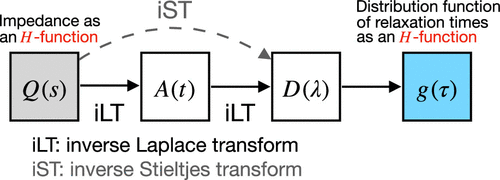
Procedure for Obtaining the Analytical Distribution Function of Relaxation Times for the Analysis of Impedance Spectra Using the Fox H-Function
The interpretation of electrochemical impedance spectroscopy data by fitting them to equivalent circuit models has been a standard method of analysis in electrochemistry. However, the inversion of the data from the frequency domain to a distribution function of relaxation times (DFRT) has gained considerable attention for impedance data analysis as it can reveal more detailed information about the underlying electrochemical processes without requiring a priori knowledge. The primary purpose of this paper is to provide a general and practical procedure for obtaining analytically the DFRT from
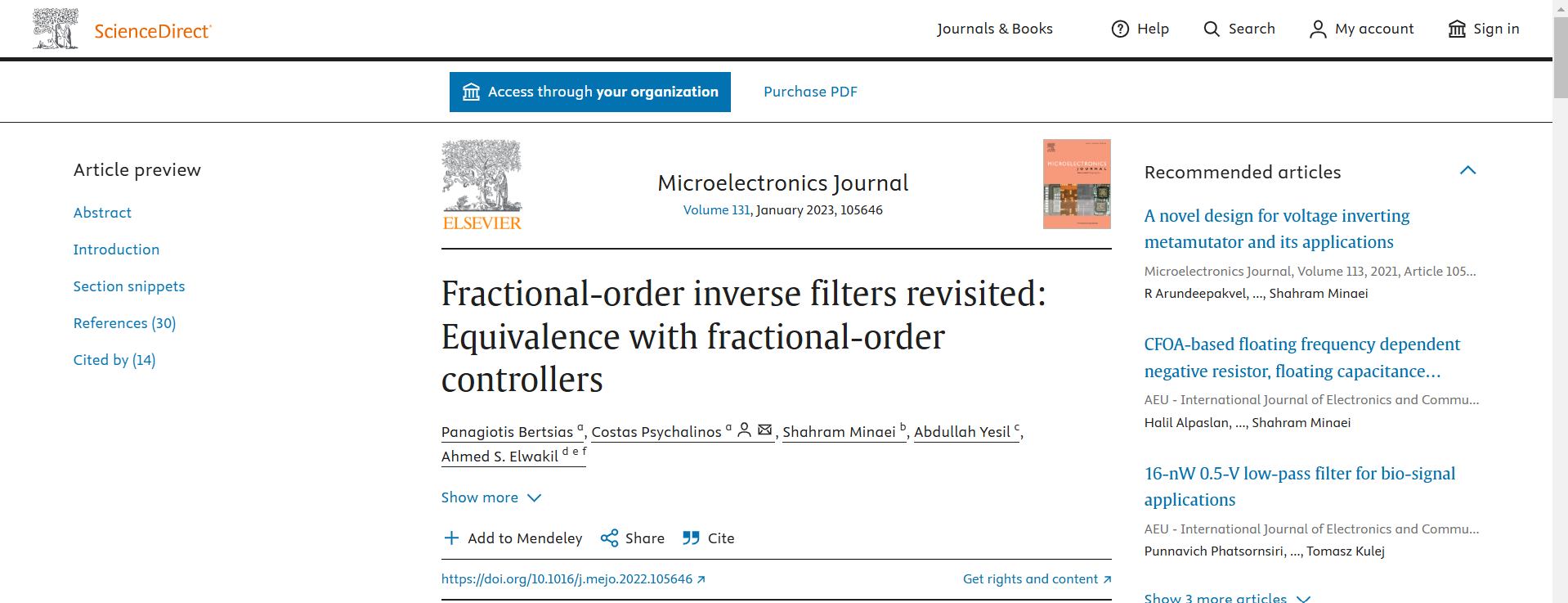
Fractional-order inverse filters revisited: Equivalence with fractional-order controllers
The equivalence of fractional-order inverse filters with fractional-order controllers is demonstrated in this work. This is achieved by appropriately rewriting the filters transfer functions in order to clarify the correspondence between the gain and time-constant of the filters and the scaling factor and differentiation/integration constant of the controllers. Possible implementations of fractional-order inverse filters using second generation voltage conveyors are presented and an application example, related to the control of a motion system, is demonstrated for evaluating the behavior of

Tikhonov regularization for the deconvolution of capacitance from the voltage–charge response of electrochemical capacitors
The capacitance of capacitive energy storage devices cannot be directly measured, but can be estimated from the applied input and measured output signals expressed in the time or frequency domains. Here the time-domain voltage–charge relationship of non-ideal electrochemical capacitors is treated as an ill-conditioned convolution integral equation where the unknown capacitance kernel function is to be found. This comes from assuming a priori that in the frequency domain the charge is equal to the product of capacitance by voltage, which is in line with the definition of electrical impedance
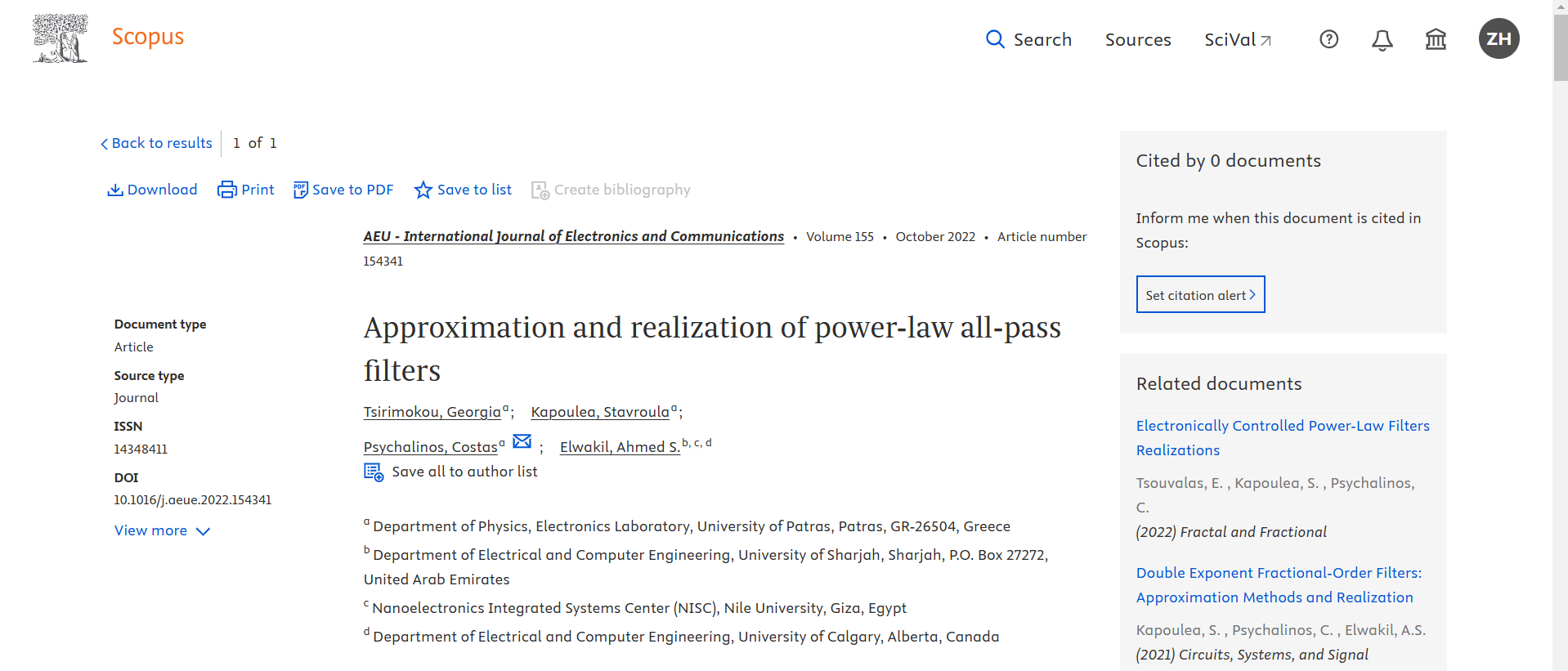
Approximation and realization of power-law all-pass filters
Non-integer power-law all-pass transfer functions, are approximated by suitable integer-order transfer functions in this work. The derivation of the integer-order transfer functions is based on the analytic expansion of the (non-integer) power-law transfer functions through the utilization of the binomial theorem. The offered benefit is the derivation of stable integer-order transfer functions. This study is supported by experimental results, obtained using a Field Programmable Analog Array device, after the employment of curve fitting based approximation techniques. © 2022 Elsevier GmbH

In-Memory Associative Processors: Tutorial, Potential, and Challenges
In-memory computing is an emerging computing paradigm that overcomes the limitations of exiting Von-Neumann computing architectures such as the memory-wall bottleneck. In such paradigm, the computations are performed directly on the data stored in the memory, which highly reduces the memory-processor communications during computation. Hence, significant speedup and energy savings could be achieved especially with data-intensive applications. Associative processors (APs) were proposed in the seventies and recently were revived thanks to the high-density memories. In this tutorial brief, we
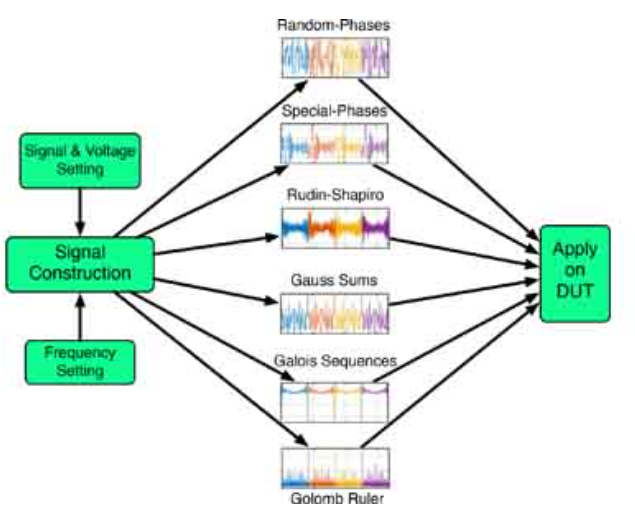
Wide Bandwidth Signals for Joint Time-Frequency Characterization of Nonlinear and Time-Varying Circuits
In this work, we generate and use a total of six different wideband signals for joint time-frequency characterization of nonlinear time-invariant [N-shaped differential resistor (NDR)] and linear time-varying (thermistor) circuits. A data acquisition board is used for applying the signals in the form of a voltage excitation and reading the induced current. The input signals have flat power spectra, thus avoiding the need for iterative calibration loops required to obtain signals with low crest factor. Such iterative loops are unavoidable when using random, pseudorandom, or chaotic signals all
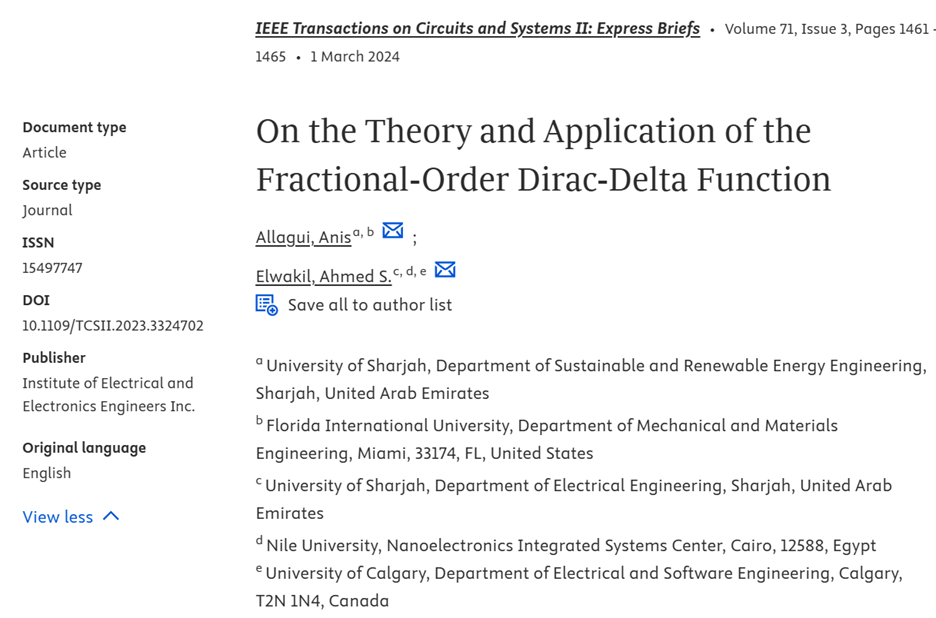
On the Theory and Application of the Fractional-Order Dirac-Delta Function
In this brief, we study a generalized fractional-order Dirac delta function defined using the M-Wright function Mα (t). The function Mα (t) is the inverse Laplace transform of the single- parameter Mittag-Leffler function Eα (−s), which itself can be viewed as the fractional-order generalization of the exponential function for 0
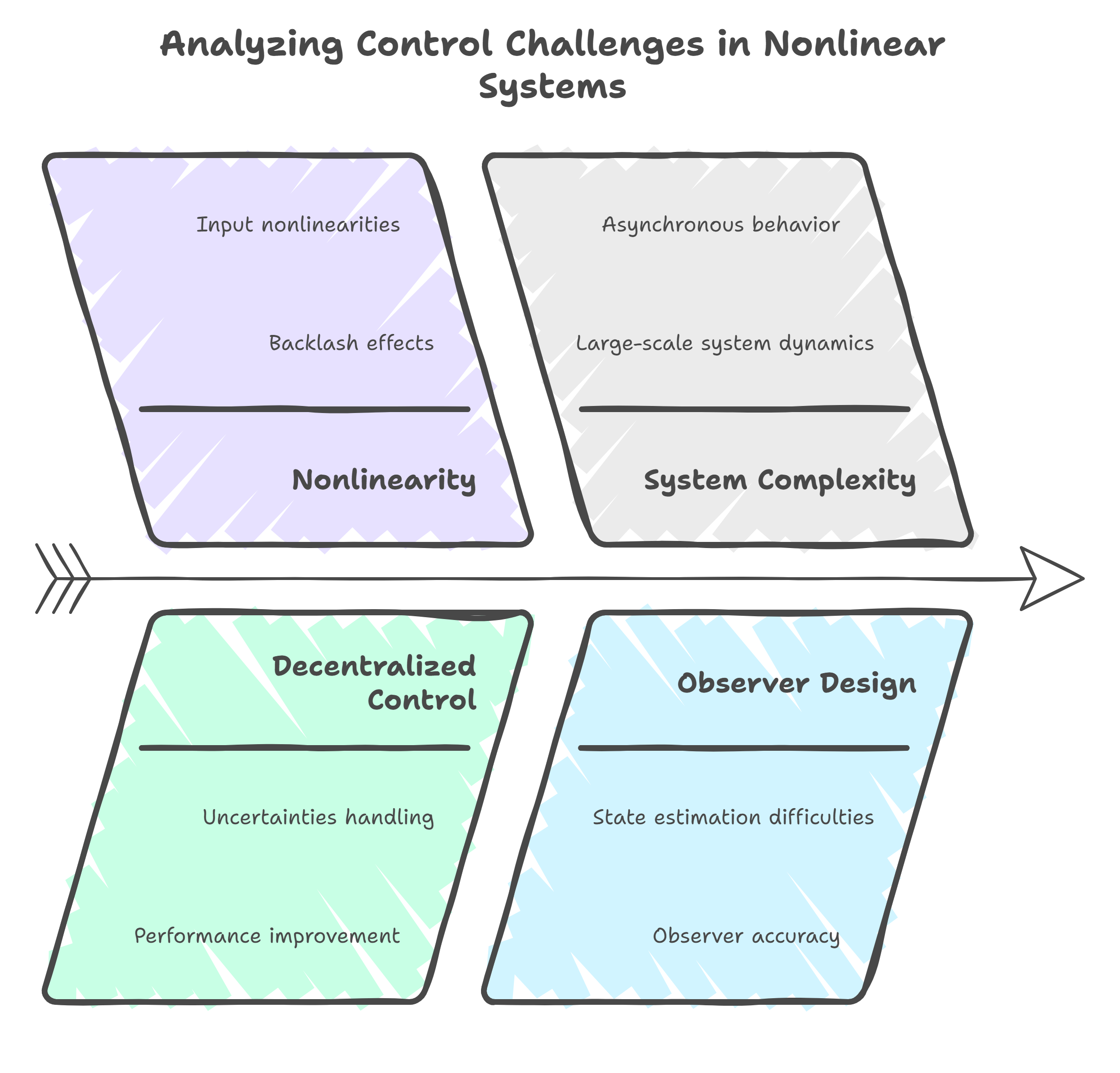
Adaptive decentralised sliding mode controller and observer for asynchronous nonlinear large-scale systems with backlash
In this article an adaptive decentralised sliding mode controller and observer for asynchronous nonlinear large-scale systems with backlash is proposed. In the literature, only the synchronous case for input nonlinearities such as dead-zone and saturation is found. In this article, the asynchronous case for systems with backlash is studied considering the backlash effect. Owing to the complexity of the backlash nonlinearity, an adaptive decentralised controller is proposed because of the capability of this strategy to deal with uncertainties and to improve the system performance when this
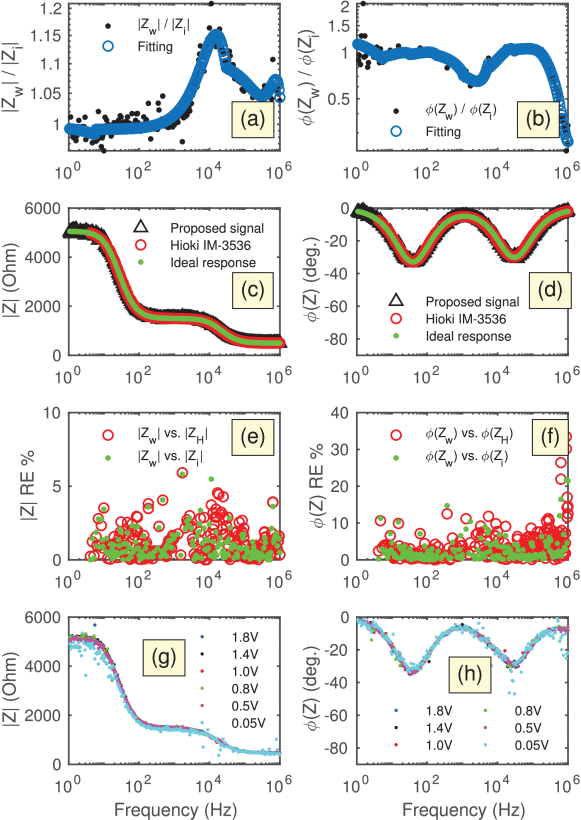
Time-Frequency Design of a Multi-Sine Excitation with Random Phase and Controllable Amplitude for (Bio) Impedance Measurements
Impedance spectroscopy has become a standard electroanalytical technique to study (bio)electrochemical and physiological systems. From an instrumentation point of view, the measurement of impedance can be carried out either in the frequency domain using the classical frequency sweep method or in the time domain using a variety of broadband signals. While time-domain techniques can be implemented with relatively simple hardware and can achieve faster acquisition time, they are still not that popular because of their lower accuracy and modularity. In this work we present a method and an